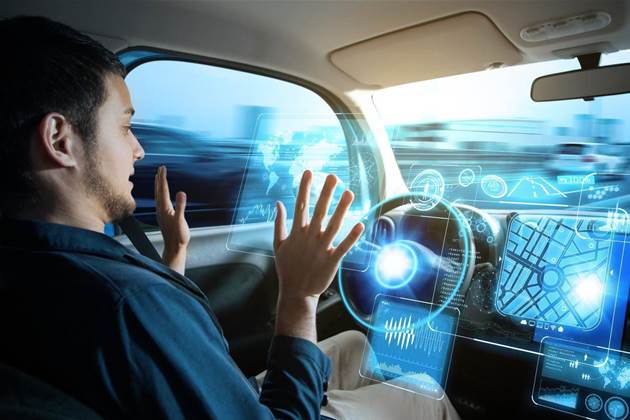The ACT government is backing a study of how the passengers in a "semi-automated" car respond to dangerous situations.

While most evidence suggests autonomous vehicles will cut down on accidents caused by human error, there haven’t been many studies on how humans may be able to override the autonomous mechanism.
Phase one of the CAN Drive trial is currently underway at Canberra’s Sutton driver training track to assess how quickly a human driver can resume control of a semi-automated vehicle in an emergency.
Phase two of the trial will be conducted on the open road.
The study is being conducted in partnership with Canberra-based Seeing Machines, which has designed hardware and software systems to track drivers’ facial and eye movements to help determine responsiveness.
Member of the ACT’s legislative assembly Rachel Stephen-Smith said in a statement that Canberra’s is looking to be at the forefront of autonomous vehicle testing.
“Despite the promise of this technology, we’re still a long way off completely automated vehicles, but Canberra is getting on the front foot: testing it, taking a different view of what safety looks like, and learning and applying our experiences with it," Stephen-Smith said.

.jpg&h=140&w=231&c=1&s=0)
.jpg&h=140&w=231&c=1&s=0)








.jpg&h=271&w=480&c=1&s=1)









